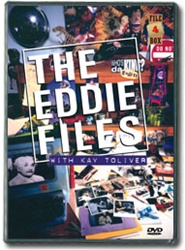We began our lesson on decimals by taking some notes. I reminded my classes about whole number place value. We reiterated that we have a units, thousands, millions (etc.) period. That within each period is a 1, 10, 100 place. We discussed that when moving to the left in place value we are multiplying each place by 10 and when we move to the right, we divide by 10.
When we move into working with decimals, we are working with parts of a whole (just like fractions). Since we are moving to the right of the whole number, we are dividing by 10.
So, if we are in the "1" place, we divide by 10, which is the same as dividing a dollar by 10, this gives us dimes. A dime is 1/10 of a dollar or .1 of a dollar. This is our tenths place.
Using this same example, we discussed that dividing a dime by 10 would give us a penny. A penny is 1/100 of a dollar or .01 of a dollar. This is our hundredths place.
It becomes more difficult to divide a penny by ten, so we just wrote <penny over the thousandths place. I just wanted them to have a concrete idea to connect to decimals and using money was something they are comfortable with.
I did make a point of emphasizing that it can be confusing to work with thousandths since the word "thousand" is a part of it. Many students think this means thousandths are a large amount. We reemphasized that once we see a decimal it goes: small (tenths), smaller (hundredths), smallest (thousandths).
Finally we created a decimal number using cards. We showed the number as a Mixed Number, in word form, in expanded form, and rounded it.
We will practice working with decimal numbers tomorrow.

















